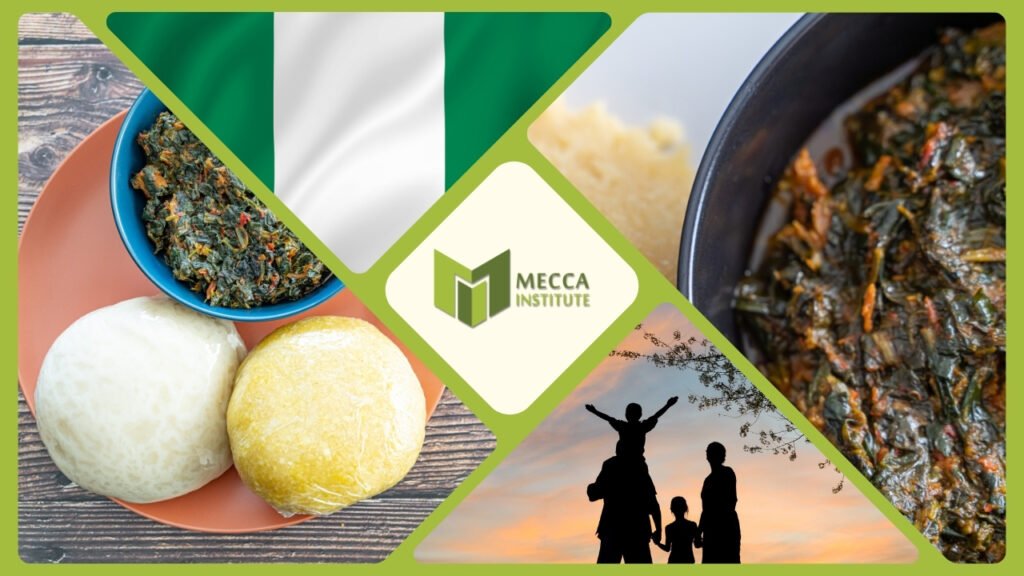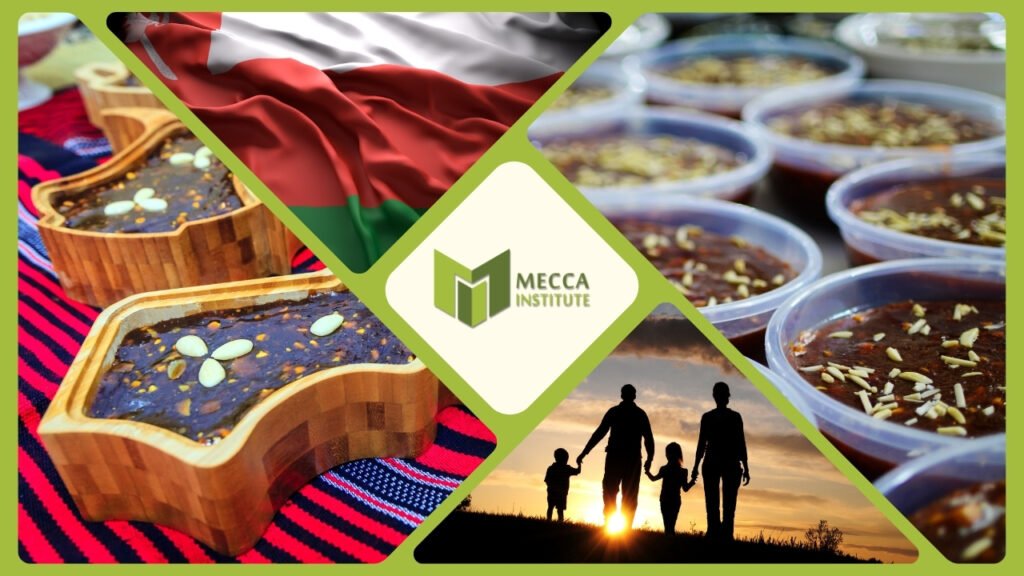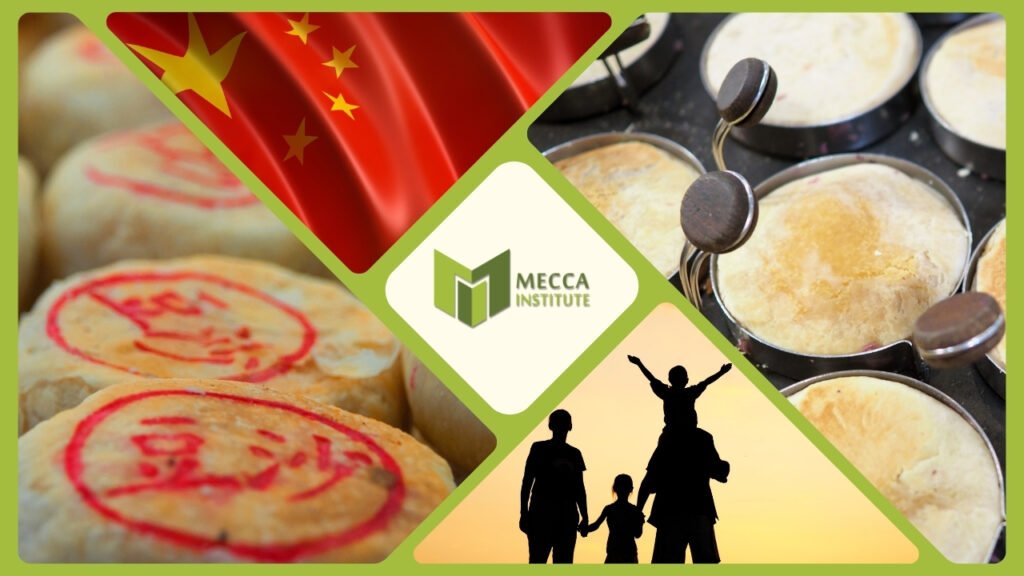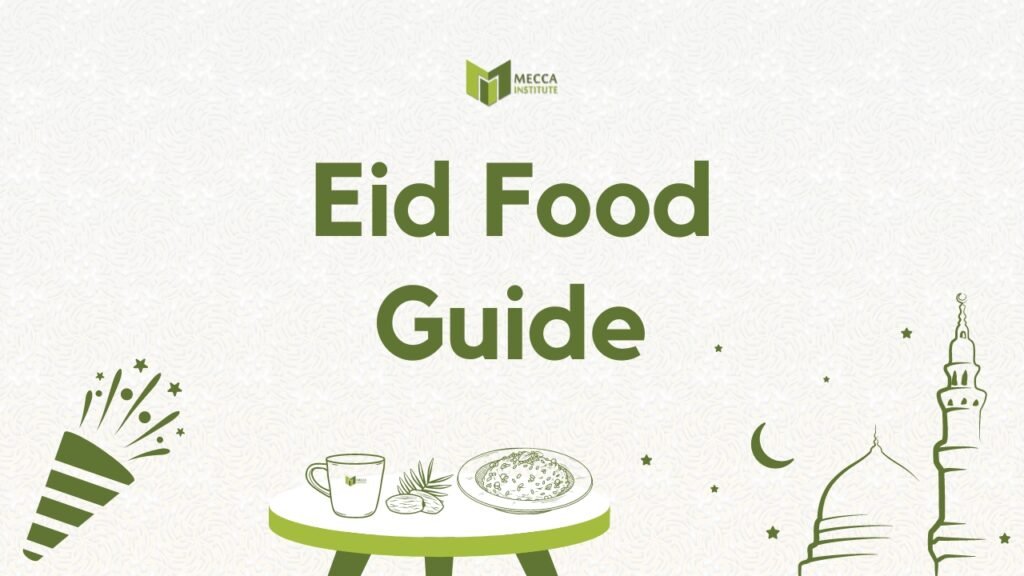Eid foods are global foods found in Muslim countries, says Imam Daayiee Abdullah, noting they are as diverse as the people.
Islamic festivals are some of the best dates on the Muslim calendar. Eid has spiritual significance, therefore, observation includes prayer.
That said, a major aspect of Eid is communal gatherings, where people’s culture and values are present. And is there a better way to do that than with food?
In this guide, you will find delicious Eid foods you can prepare wherever you are. I will share the dish, then describe it, and will give you a recipe resource.
Eid mubarak kareem to you.
Eid Food and Islamic Dietary
As with any other major religion in the world, Islam has specific beliefs that form its basic tenets. Food is related to one of those tenets, the Quran.
Halal dietary are the Islamic dietary laws that prescribe what foods Muslims can consume. They include solid food, drinks, and so on.
Permissible (“حلال” or halal) foods are everything except those explicitly prohibited (haram), such as pork and alcohol.
Animals must be slaughtered according to Islamic guidelines. Muslims are required not to torture animals or be cruel in their approach to food sourcing.
Halal foods, therefore, promote adherence to Islamic principles and mindfulness of consumption’s spiritual significance.
Throughout this guide, you will hear diverse foods. Some of these are from non-Muslim sources, including the famous “baklava.”
That said, though, Eid foods are halal since they are part of the Muslim diet.
Efo riro

Let’s start with something savory. Efo riro is a traditional Nigerian stew. You make it with spinach, tomatoes, peppers, onions, and assorted meats or fish.
How to make it: Get this recipe from Sisi Jemimah.
Ketupat
Ketupat is a traditional rice cake that Indonesians wrap in palm leaves.
The origins of ketupat date back to the Javanese Sultanate of Demak in the 15th Century
How to make it: The traditional way is too complicated, but you can follow this recipe for a rice cooker version.
Tufahija
In Bosnia, Tufahija is a traditional dessert you make by stuffing poached apples with walnuts and sugar.
Then, you top them with whipped cream.
As you can taste it already, it is a sweet and nutty flavor with a creamy texture.
How to make it: The Balkan Lunch Box has a great recipe for this!
Luqaimat
A popular Eid sweet in Egypt is “Luqaimat,” which means “small bites” in Arabic. This is commonly served on festive occasions in Egypt.
These are deep-fried dough balls you make from wheat flour batter.
Luqaimat balls are soaked in sugar syrup, resulting in a crispy exterior and a sweet, syrupy flavor.
In other parts of the Middle East, “Awameh” or “Zalabia” are other names for it.
How to make it: Use this great recipe from Arabesque Kitchen.
Khoresh-e Fesenjan
We are back to the savory with a Persian stew. This is a stew you make with pomegranate syrup and crushing walnuts.
Talk about creating a delicious meal.
You can serve Khoresh-e Fesenjan over rice, although some people love to use different types of bread.
How to make it: The Persian Mama has a great recipe you can use.
Halwa Omaniya

In Oman, “halwa” is a traditional sweet similar to the “halva” you find across many Muslim countries.
You make halwa with semolina or flour, sweeten it with sugar, and flavor it with ingredients like cardamom, nuttmeg, saffron, and more.
Right before you take it off the stove, you garnish it with nuts or seeds.
Halwa has a dense, crumbly texture is a popular dessert during special occasions and religious festivals like Eid.
The Omani version is also popular in Zanzibar in East Africa, where it was once under Oman.
How to make it: Follow along with this recipe from the SideChef.
M’hanncha
This is a Moroccan dessert that also has the name “snake cake.”
You make m’hanncha with layers of thin pastry that you fill with almond paste, cinnamon, and sugar.
M’hanncha is a sweet and nutty flavor with a delicate, flaky texture.
How to make it: The Spruce Eats has a great modern recipe you can follow along because the traditional way of making it is complicated.
Bayram Baklavası
“Bayram baklavası” means “festival bread” in Turkish. But we are talking about a dessert bread you specifically make for festivals.
It has layers of filo pastry that you fill with nuts and sweeten with syrup or honey.
Muslims in this part of the world inherited this from the Greeks, who have over 100 types of these types of bread.
How to make it: Bayram baklavası is not easy to make, but you can follow along this recipe from Nefis Yemek Tarifleri. Make sure to use a translator since she has it in Turkish.
Niurou Xi’an Bing

Chinese Muslims have plenty of delicious foods that many other Muslims aren’t aware of. This is one of those.
Niurou Xi’an Bing is a pastry that has beef fillings. In every day Chinese, you will only hear “X’ian Bing” to reference its original city of Xi’an.
In Xi’an and across the entire Shaanxi Province, you may hear “Muslim Bing” (穆斯林餠).
How to make it: Follow along with the Omnivore’s Cookbook to make Niurou Xi’an Bing.
Thiakry
In Senegal, Muslims make a lot of great foods for Eid. One of those is Thiakry.
Thiakry is a sweet millet or couscous pudding. Most people flavor it with vanilla, nutmeg, and sometimes fruit like mango.
It’s creamy and aromatic.
How to make it: The Polkadot Passport has a great recipe you can use for Thiakry.
Conclusion
Eid foods come in all sizes and flavors. In this guide, you learned about diverse ones to incorporate into your own celebrations.
I know there are so many more I could talk about, but I think these ones are enough for now.
Let me know which ones you like from your own culture or others you enjoy from different cultures.
Eid mubarak!
Imam Daayiee Abdullah is the Executive Director of MECCA Institute and the author of “Progressive Islam,” a historic book that defines Progressive Islam.


Pingback: Islamic Music Guide to Celebrate Diverse Muslim Contributions